There is no denying that the present era belongs to science and technology. Inventions and innovation route from each other, and creativity and technology do coexist in harmony in arenas where the catalyst for a technological advancement is the creativity of the human mind.
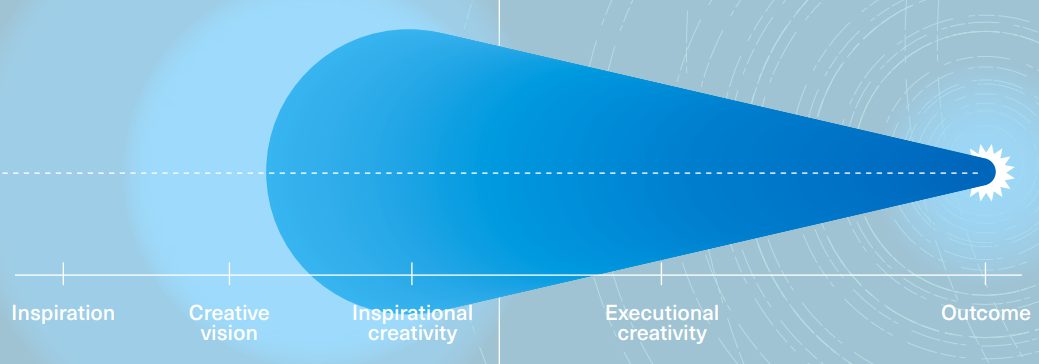
But in cases other than this, ie, when we talk of the general creative ability of the human mind, things aren't this simple and unidirectional. Multiple facets to the relationship of human creativity and technology have been identified, as not all aspects of creativity are impacted in the same manner by technology. While you look at the side of design and development, human creativity has been nurtured and employed by technology to enhance itself further and connect better to its users. On the other hand, it seems like the organic actions of the human brain have become rather unnecessary in multiple labour intensive arenas in our day to day lives, ie, technology has replaced natural intellect.
Let's first explore the side of the coin where technology enhances creativity and vice versa, both benefiting from each other as two parties in a symbiotic relationship.
Fostering creativity in technology
Creativity and technology are both methods of advancement. Hence, they thrive together in multiple environments. Looking back at just a few decades ago when computers were mostly only used for military purposes, we have come quite a long way, with them causing a monumental shift in the societal fabric and also, consequently, human behaviour. As machines evolve and become more like us and the boundaries of real and digital become more fluid, the intermingling of human creativity and the scientific developments happening all around becomes inevitable.
-
Converting Knowledge to Information
Technology helps convert knowledge into information. While knowledge depends on a person's personal obligations and interests, information is a more tangible and factual entity, accessible to everyone. When millions of people come together to share their knowledge on a common global platform, it becomes pretty easy to combine these factual data with the ideas in your head - to create newer innovations.
With the sum total of human knowledge just a few clicks away, creativity is fostered in a collaborative manner.
-
Breaking down the barriers
Interesting coincidences keep happening all the time - Newton churning out the theory of gravity from an apple is one of the multiple events in history that have shaped the mankind of the present date. Now, we can't really rely on luck and chance to pave the way on every instance, as history is also full of opportunities that are missed just because of information deficiency.
This deficiency gap is what technology intends to bridge. By creating a worldwide network of information sharing platforms, tools and devices, Technology ensures that no truths remain hidden or uncovered due to lack of information or adequate resources, making the world a smaller, reachable, more accessible place.
We no longer remain separated by time and space, and keep working off and feeding on the same massive database presented by the web. This is in stark contrast to the past where Darwin worked on theory of evolution while his contemporary, Mendel, tried to decode the principles of genetics - all the while remaining largely unaware of each other's existence.
-
'Creative' technology
Perhaps one of the most popular examples of creativity in technology is in the area of Artificial Intelligence. The applications branching out of AI are some of the most advanced but also at the same time dynamic technologies and scenarios. Hence, no doubt, Artificial Intelligence is associated with being a product of the most unpredictable and experimental world of creative thinking.
For example, AI's subset of Machine Learning powers an array of cognitive tools that make the use of data to accelerate creative strategies on its own, thereby improving the user experience by constantly adding to their own automatically acquired knowledge - and that too without being explicitly programmed. This is perhaps the best example of technology powered by creativity, with both driving ML in unison. To know more, read some practical implementations with artificial intelligence and machine learning and how machine learning enhances personalisation.
-
Tech based Education
It is not a one way road where creativity leads to better technology and innovation. When technology is made sustainable and approachable, it takes a detour to promote creativity as well. This is the reason why the patterns of education are seeing a monumental change in the recent years. From textbook based education we have moved forward to digital storytelling, smart classes and a variety of multimedia techniques to engage the students' interest.
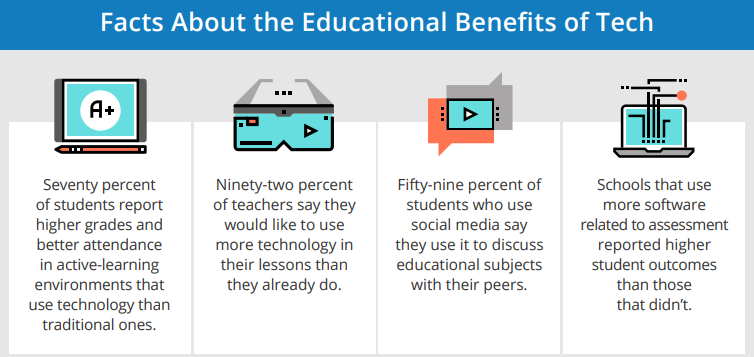
New age learning tools of the present age also include planetariums, Virtual Reality in classrooms and augmented 3D experiences. And this is how the loop is created - children that are brought up around technology give back to it in due time.
-
Fueling marketing strategies
With the Global pandemic shifting most of the marketing to take place online via digital channels, the process of marketing has undergone quite a change. In the previous scenario, one used to have multiple tools to attract the attention of the user in the form of close proximity and real time persuasion. On the other hand, when you need to convince your user base to buy your product or service from the other end of a flat screen monitor, the strategies become quite different.
Creativity has, thus, now become the chief fuelling source of digital marketing, with profiles from dynamic fields like designing and content breathing life into these strategies. Success has been hinging on how good or bad the design or the idea of the advertisement is, and creativity has been acting as the central vision of this growth model - being the creator of value and facilitator of business expansion.
-
Dealing with failures
However, it is also true that something that is not mechanical and calculated but rather organic in nature, is more bound to fail. When we rely on how attention-grabbing a feature is, rather than how statistically profitable it is, we should always be prepared for it to not work out.
Another dimension of this is where through creativity, technology has been enabled to mass produce newer innovations and gadgets, and thus the production is so vast that it has become extremely difficult to distinguish the bad from the good. Not everyone adapts to newer technologies thinking about how it would benefit or harm them in the longer run, making the distinctions between good technology and the bad one extreme fluid.
-
Rise of the creative class
But at the end of the day, the technological breakthrough has resulted in a much creative, adaptive, open-minded, culturally diverse and accepting society. With inaccessibility out of the picture, even the ideas of success and leadership have become more reachable. The newer generations of remote cultural groups seeing themselves being represented alongside the global stage with other 'more advanced' communities would not grow up with the same complexes with which their parents did.
When you see people and listen to ideas from far reaches of the globe, you discover the shallow parts within your own society. The internet has indeed brought the world closer, creating cosmopolitan citizens that both respect and learn from all the knowledge that surrounds them.
The disparities : Is technology killing creativity?
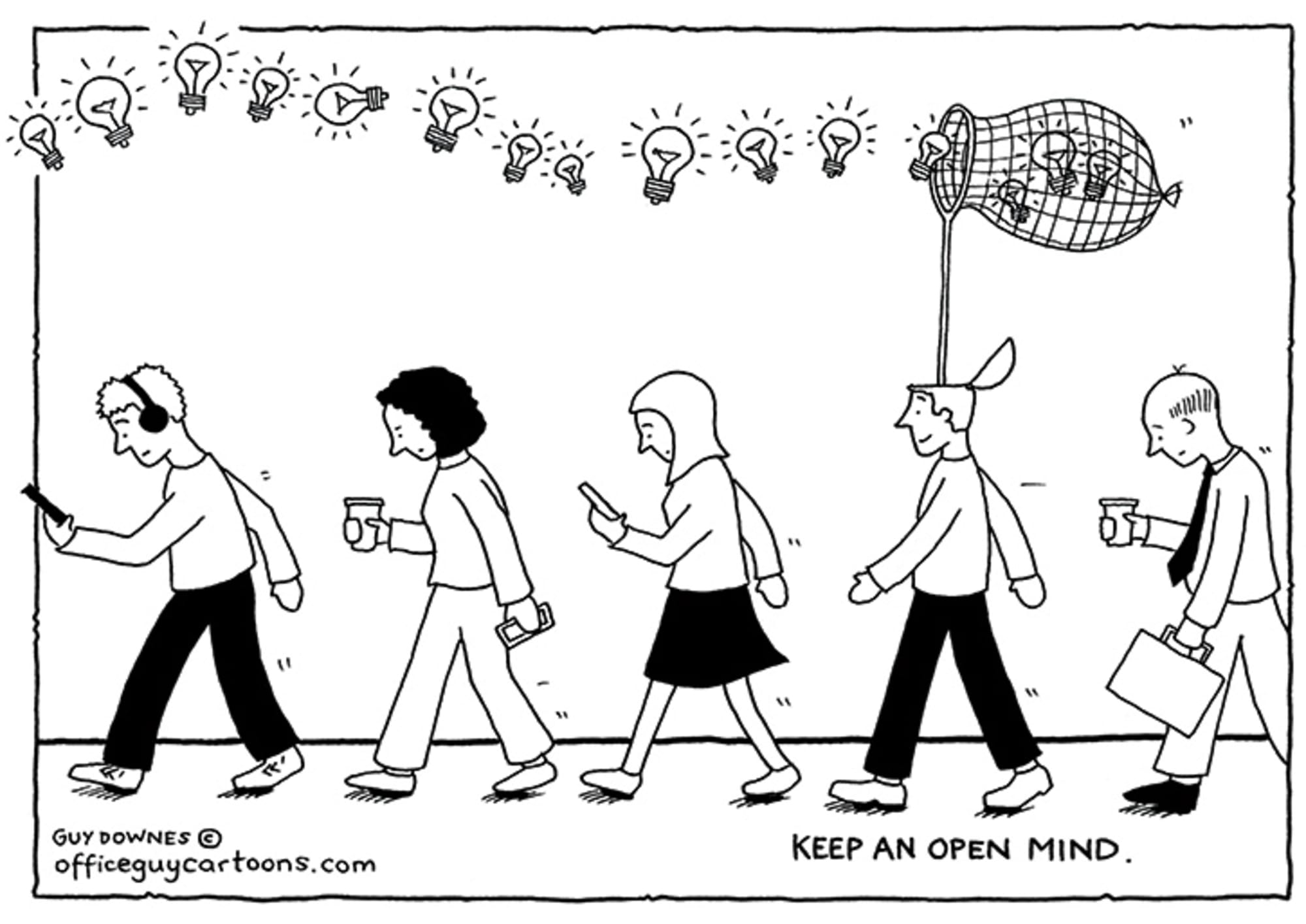
Although technology and creativity have blended well and yielded great returns in multiple scenarios, the impact of technology on creativity hasn’t been positive in every area, i.e., the slope of over indulgence still remains slippery. While it is a matter of agreement that technology has fostered ways for creativity to grow and expand further and vice versa, it has also put a full stop to analytical thinking in various other places. Hence the scales need to be readjusted once in a while to ensure that creativity is nurtured by technology, and not halted by it.
There have been concerns about the negative effects of technology on humans creativity - with talks of creativity giving in to digital distraction. A short film called Alike by Solis is set in such a narrative where a father and a son live in a world which is completely grey - be it the people, the animals or the streets. As the colourful dimensions of life are taken away from them, their creative ability gradually fades away and they become mere robotic components of this black and white world.
The major derivative from this tale is that although creativity is a natural part of human thinking and behaviour it can get blocked by being distracted by all the assertiveness of the dictated world, where we only do what we’re supposed to do - and stop right there, exploring no further. Initially, the father is represented by a vibrant blue and the son is represented by the colour orange, but towards the end, as they progressively lose their creativity, both of them fade into their grey surroundings.
Spiritual crafts have also started to fade into these grey surroundings, with most people letting their free time be consumed solely by technology. It is really that simple with us - wherever we don't need to apply our analytical thinking, we don't. Such increasing dependence on machines has also given rise to a topic of a much bigger concern, ie, an AI takeover.
Can technology replace human intellect?
Just recently Amazon was flooded with users reporting that Alexa was laughing unexpected moments. Something like this would be stretching the line too far, as while we do want machines to understand our behaviour patterns and respond accordingly, these Echo speakers laughing and talking like people is nothing less than borderline creepy! Humans are prepared for machines to understand as much as they want them to understand. But what if artificial intelligence develops all those qualities that humans are required for, and takes over?
As it is, there stands quite a chance for a lot of work profiles to be replaced by machines in the near future.
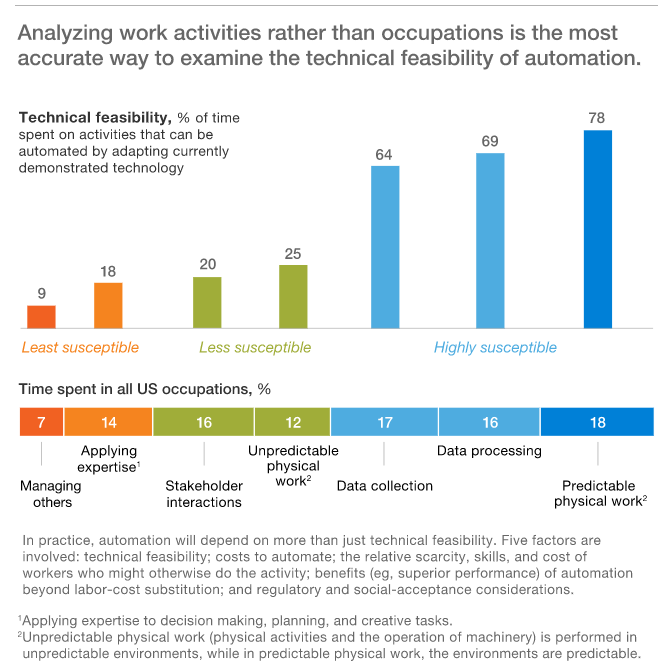
Stephen Hawking had, in one of his interviews, expressed his concerns about a future where AI would grow at such an uncontrollable pace that it would be necessary for us to make sure that the goals of both humans and computers were aligned.
Well, what has been balancing as well as separating the world of humans and machines is that machines are way beyond what humans are capable of doing; they lack rational decision making, because they are clueless about the concepts of 'cause' and 'effect'. Therefore, Artificial intelligence only seems to be making your life easier, until reaching a point where it measurably fails.
- Not long ago, a self driving Uber killed a pedestrian.
- An AI-led IBM Watson supercomputer recommended unsafe and incorrect cancer treatments.
- It was realised that due to lack of diversity and inclusion in the teams programming the AI for facial recognition, the AI was biased towards people of colour.
Conclusion
Hence, it is safe to conclude for now that while technology has expanded beyond measure and complemented or lives in the best possible way, these machines still need human assistance to function in an appropriate manner. Human creativity, thinking and rationality is what prevents technology from going haywire. Right now, they seem to be balancing each other well.
As a Drupal partner, OpenSense Labs is devoted to provide active support. For a long-lasting and successful cooperation, get in touch with us at [email protected].
Subscribe
Related Blogs
Exploring Drupal's Single Directory Components: A Game-Changer for Developers

Web development thrives on efficiency and organisation, and Drupal, our favourite CMS, is here to amp that up with its…
7 Quick Steps to Create API Documentation Using Postman

If you work with API , you are likely already familiar with Postman, the beloved REST Client trusted by countless…
What is Product Engineering Life Cycle?
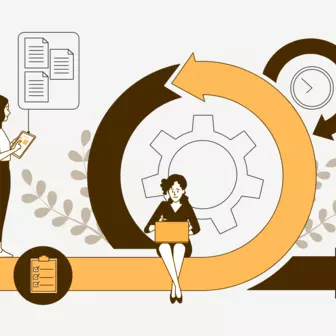
Imagine constructing a house without a blueprint or a set of plans. It will be challenging to estimate the cost and labor…




